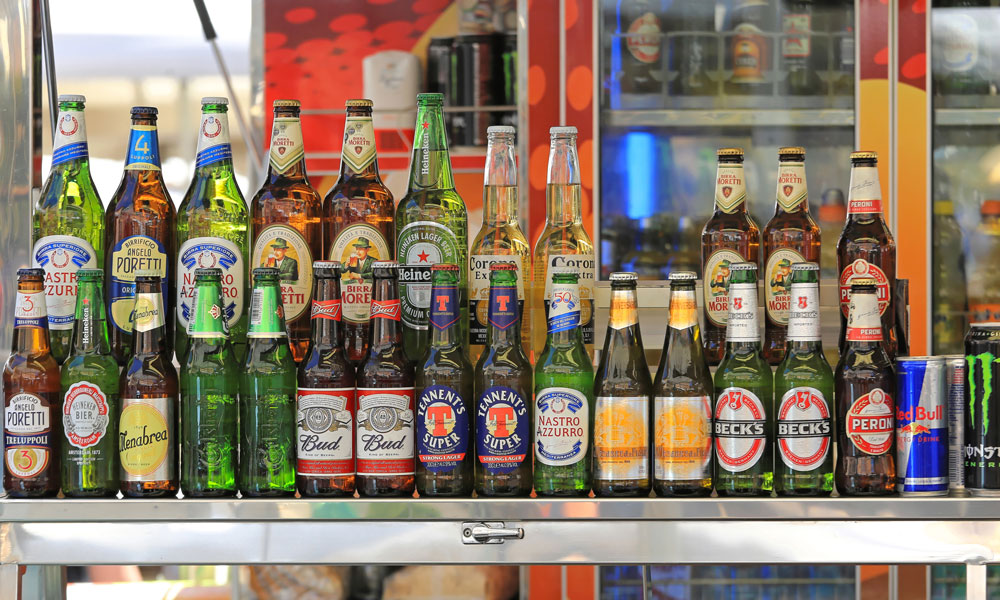
Calorie Information Needed on Alcoholic Drinks, Group Says
The Local Government Association has renewed a push for breweries and other alcoholic drink manufacturers to label beverages with caloric information. The U.K.-based group says the labels are necessary because the public is largely unaware of the amount of empty calories in alcohol, which may be related to high obesity levels in the country.
To ensure the public is aware of the amount of calories in alcoholic drinks and to lessen the obesity rate in the U.K., the Local Government Association, which represents more than 370 councils responsible for public health in England and Wales, has called for breweries and alcoholic drink manufacturers to post caloric information on all bottles and cans, a news release said.
“Most people are aware that excessive alcohol can lead to serious health problems like liver and heart damage, and an increased risk of cancer,” said LGA Community Wellbeing Spokeswoman Izzi Seccombe. “However, the amount of calories from an average night’s drinking isn’t so well-known. People should be able to make informed choices.”
According to LGA, alcohol doesn’t have any nutritional value and when drinking alcohol, the amount of fat the body burns for energy is reduced. “Over 24 hours, drinking five pints [three-quarters of a gallon] of beer at 4 percent strength is the equivalent to eating more than three burgers which would take an hour-and-a-half to run off. A bottle of wine─about four small 175 ml [5.92 oz] glasses─has the same calorie count as more than two burgers and would take over an hour to run off,” the group said.
According to an October 2014 survey by the Royal Society for Public Health (RSPH), 67 percent actively supported the inclusion of caloric labels on alcoholic drink packaging. In addition, more than 80 percent did not know or incorrectly estimated the caloric content in a large glass of wine, and about 90 percent did not know or incorrectly estimated the calories in a pint of lager.
RSPH Chief Executive Shirley Cramer expressed support for caloric labels on alcohol packaging when the research was first released. She noted that adults who drink often get approximately 10 percent of their calories from alcohol and added that a label “could make a major difference to waistlines.”
In addition to the survey, RSPH conducted an experiment to determine if displaying calories on drink menus affected drinking behavior. What the group found was those who were given caloric information consumed, on average, 400 fewer calories than those who were “oblivious to the calorie content.”
Seccombe said a label would also save money for other parts of the public sector by reducing demand for hospital, health, and social care services. Obesity-related health issues cost England’s National Health Service about $7.36 billion annually and about $2.2 million per hour treating diabetes. “Prevention is the only way we are going to tackle the obesity crisis,” Seccombe said. “The onus is on the big breweries to do more to provide clear and prominent labelling.”
(iStock Editorial/Thinkstock)





Comments